What to do if hydrangea leaves turn yellow?
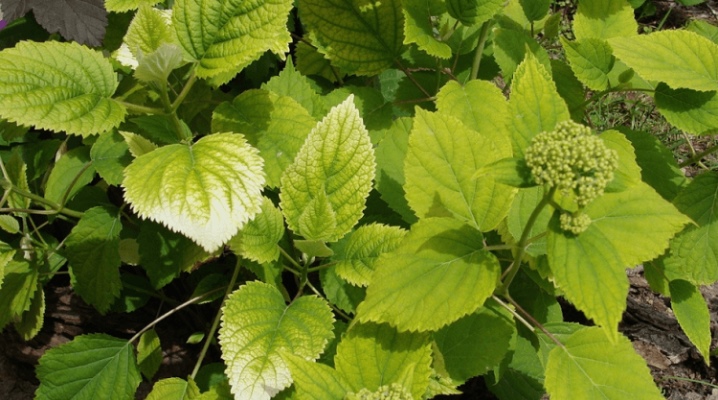
Such a nuisance as slow growth, wilting and yellowing of hydrangea leaves can upset any gardener who cares for their plants. But in order to restore an ornamental shrub, it is necessary to find out the root cause of its disease.
Causes of yellowing and drying of foliage
If hydrangea leaves turn yellow, it does not matter if it is home or outdoor, the reasons for the appearance of a negative symptom should be sought in adverse external influences or damage by a fungal and sometimes viral disease.
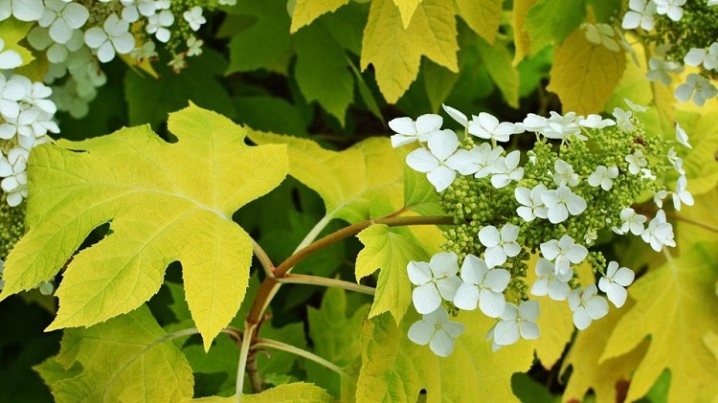
Sadly, but often the prerequisite is the illiterate care of the plant and the violation of the rules for its maintenance.
- One of the important factors affecting the state of culture is the lack of light. Since hydrangeas prefer good lighting, they should not be placed in shaded areas. A slight shading is allowed, which makes the light diffused, but this does not mean that the plant should be in the shade constantly. The minimum number of light hours for this decorative species is 6-8 hours a day, otherwise its foliage may turn yellow. This is due to the important processes of photosynthesis and chlorophyll formation.
- Another reason is cold air and the presence of drafts, and this applies not only to domestic hydrangeas, but also to lianas, treelike and shrub varieties of hydrangeas.
- Lovers of different varieties are well aware of the moisture-loving nature of the culture, but if stagnation of water is observed in a pot or open soil, its lower leaves will gradually turn yellow, and may fall off in the future. And it's not just about abundant watering - on the street, garden shrubs and trees can be flooded during the rainy season or one, but powerful downpour.
- Dry soil is no less terrible for the culture, which is why experts advise relying not on a diary, which indicates the dates of watering, but on a personal check of the condition of the soil. Also, the health hazard of hydrangea consists in sharp changes from dryness to an abundance of moisture. A plant that for one reason or another has been without water for a long time should be watered moderately and carefully, otherwise it may show all the signs of the disease.
- If the plant blooms for a long time and luxuriantly, this process in itself depletes it. If the vital activity of the hydrangea is not supported with the help of competent agricultural technology and fertilizing compositions, then already in the middle of the flowering period it can turn yellow. The explanation for this is simple - hydrangea devotes all its strength, nutrition and energy to reproduction - the formation of flowers and the further formation of seeds.
- Of great importance in the development and growth of ornamental varieties is the nutrition received by the aboveground part from the root system, and it directly depends on the quality of the soil and the substances it contains. When the edges of the leaves turn yellow and dry, this is the first sign that there is a lack of iron and nitrogen in the earth.
- There are other points directly related to the composition of the soil and the deterioration of the hydrangea. This flowering species prefers slightly acidic and acidic soil, suggesting a pH of 3-6 units. The presence of an increased amount of alkali does not allow the roots to normally absorb useful elements, and, of course, this cannot but affect the appearance of the plant.
In shrub hydrangeas growing in the garden, the problem often arises due to inaccurate transplantation, including when dividing.Sometimes it is difficult to dig out the roots carefully and they are damaged by mechanical action.
Usually, hydrangea regenerates over time due to the natural regeneration process, but not when the main root is injured. In this case, the plant may die.


Solution
When the main cause of the sickly hydrangea is identified, you need to take action and do it quickly, while the plant can still be saved. The main procedures include the following:
- in case of waterlogging, it is necessary to reduce watering, in the spring to apply nitrogenous fertilizers to the soil, and in the summer to feed with potash, phosphorus and sodium additives;
- the acidity of the soil can be restored with vinegar solution or diluted lemon juice;
- if the roots are injured after transplantation, soil treatment with the use of "Zircon" will help their regeneration;
- if there is a lack of nutrition, it is important to prune the plant in a timely manner;
- to prevent yellowing and drying of foliage during flowering, one should not forget about adding complex preparations to the soil.
Homemade hydrangea plants also need careful care. To do this, the plant must be kept in a container with good drainage, in diffused light and away from drafts.
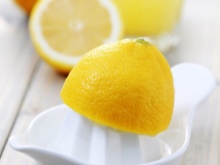
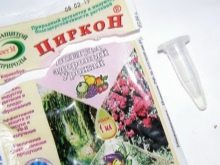
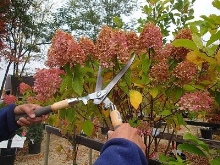
Diseases and treatments
However, the plant often grows poorly, not only because of unfavorable conditions, but also is affected by pathogens and insects. Diseases also do not arise by themselves - the plant's immunity decreases due to lack of attention to its basic needs. In order not to miss dangerous signs, it is recommended to regularly inspect the crown, branches and leaves - this way you can prevent serious consequences and the death of your favorite plant.
You can determine the pathology that has arisen by the characteristic changes.
- When affected by powdery mildew, yellowish spots form on the leaves, which turn black over time, and soon the leaf plates turn yellow. This usually happens when placing hydrangeas in wetlands, or in places where groundwater rises high to the surface of the earth. At home, the reason is the lack of a drainage layer and frequent watering. Spraying the foliage with copper preparations and a solution of laundry soap will help to cope with the problem.
- Hydrangea can be infected with gray and white rot. As a result, due to the overgrown mycelium, root obstruction occurs, and, consequently, normal sap flow - the plant does not receive the necessary nutrients. Since rot is a pathogenic fungus, it is necessary to fight it with the help of fungicidal agents, while treating both the upper part of the plant and the soil with the root system.
- Symptoms of ascochitis are raised spots of gray and brown color, developing against a background of high humidity. The activity of fungi leads to a gradual yellowing and death of the leaves. In addition to the fact that it is necessary to reduce watering, treatment with antifungal drugs should be carried out, and then with the biofungicide "Fitosporin". In the spring, before the leaves bloom, prophylaxis is carried out using Bordeaux liquid.
- With a disease such as phyllostictosis, or brown spotting, the spots on the leaves are large with a wide burgundy border. The plant can be cured with a solution of the Strobi complex fungicide, which, in addition to fungi, is active against most other microorganisms.
- Chlorosis can be recognized by the foliage, which becomes noticeably lighter, after which it turns yellow. Additionally, the leaves become smaller, and the buds lose their regular shape. A similar disease is found not only in hydrangeas planted on the street - in the home, the leaves curl, and the stems dry out. This is due to the use of cold water for irrigation and the lime content in it, as well as the low level of iron in the soil.Treatment consists in the use of "Ferovit" or the iron-containing agent "Antichlorosis", both root feeding and spraying of the crown are used.
- Unfortunately, it is not easy to cope with such a disease as ring spot, which manifests itself in white spots on the leaves and causes their yellowness and deformation, but if you spray the shrub with "Alirin" or a solution of Bordeaux mixture in time, you can save the hydrangea.
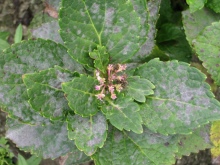
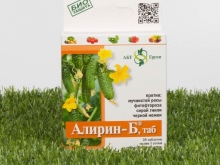

Harmful insects can also cause significant damage to the green mass and drying out of the leaves.
- Green aphids, against which spraying with "Akarin" and "Fitoverm" is effective.
- Gall nematode, due to which the plant slows down in growth. In this case, only the destruction and burning of bushes or the use of "Karbofos" will help.
- Spider mite, due to the active reproduction of which the hydrangea withers and sheds its leaves. Insecticides - "Lightning", "Akarin" are effectively used against it.
The listed means and methods in most cases help to restore the healthy state of the hydrangea, but it is better to prevent such troubles and carry out preventive procedures in advance.
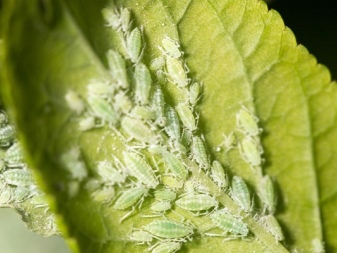
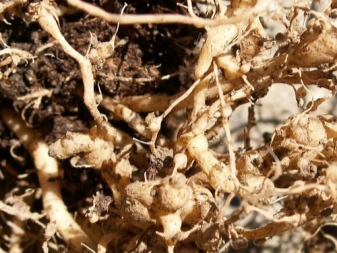
In the next video, the Greener expert will talk about the diseases and pests of hydrangea.



































































The comment was sent successfully.